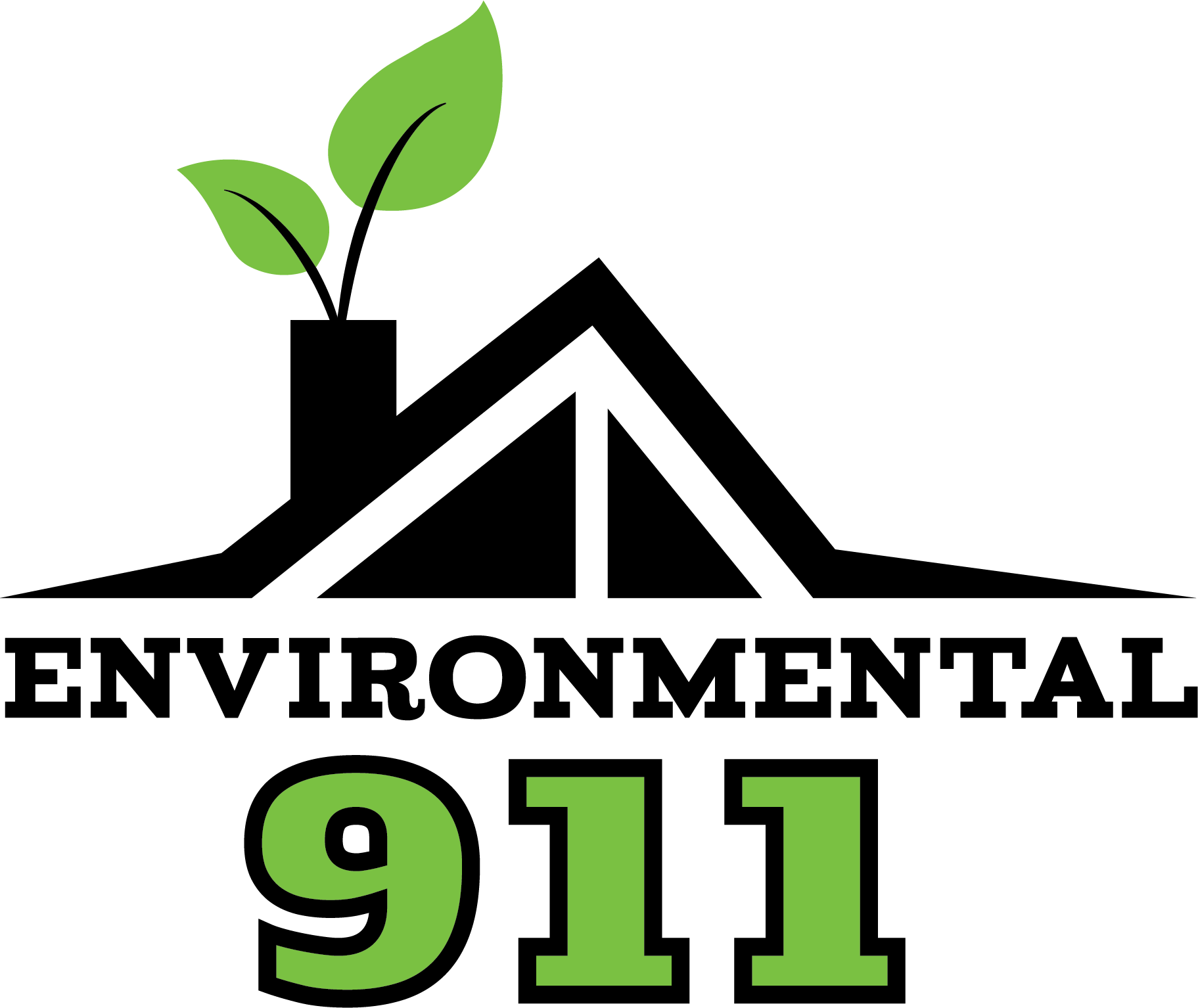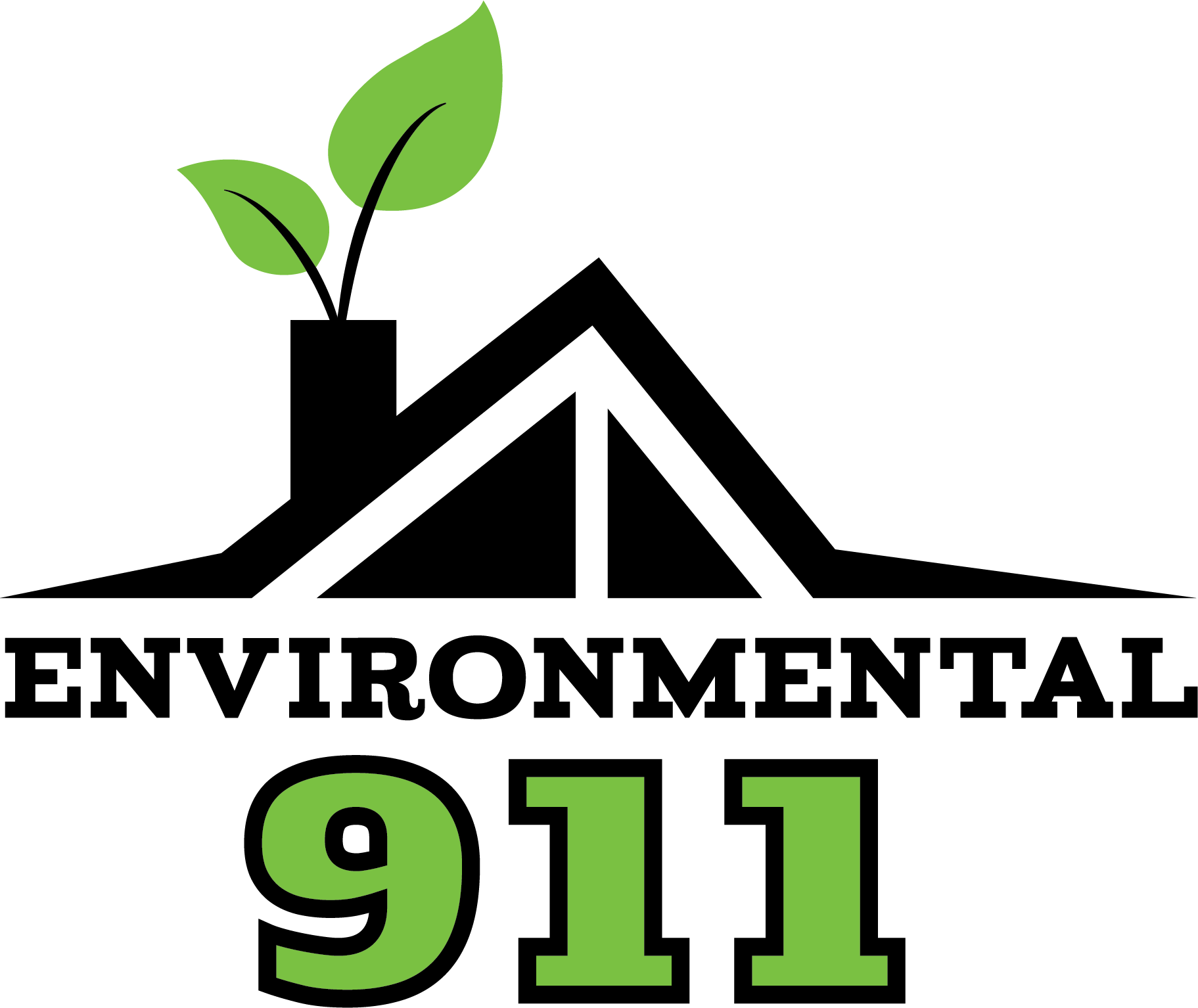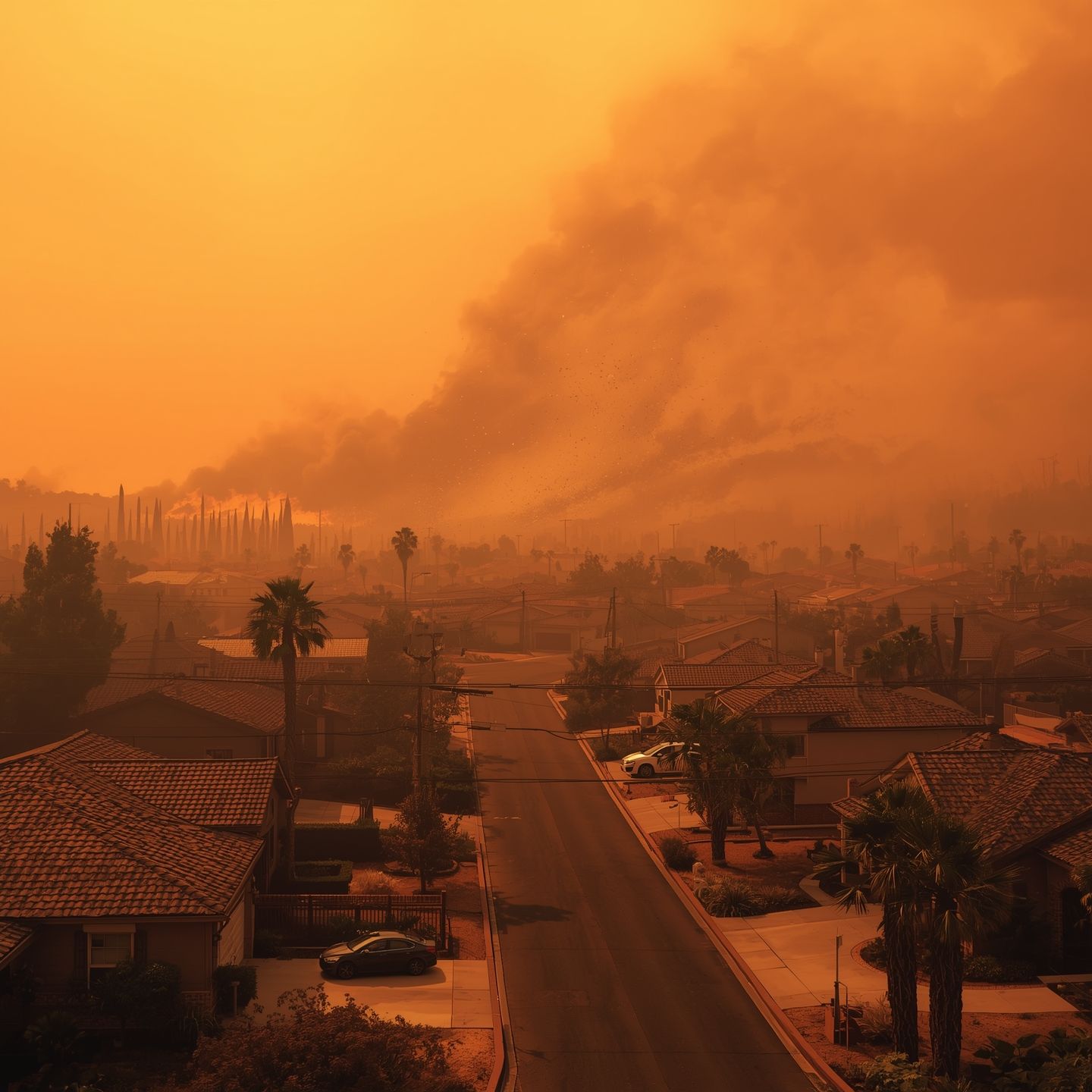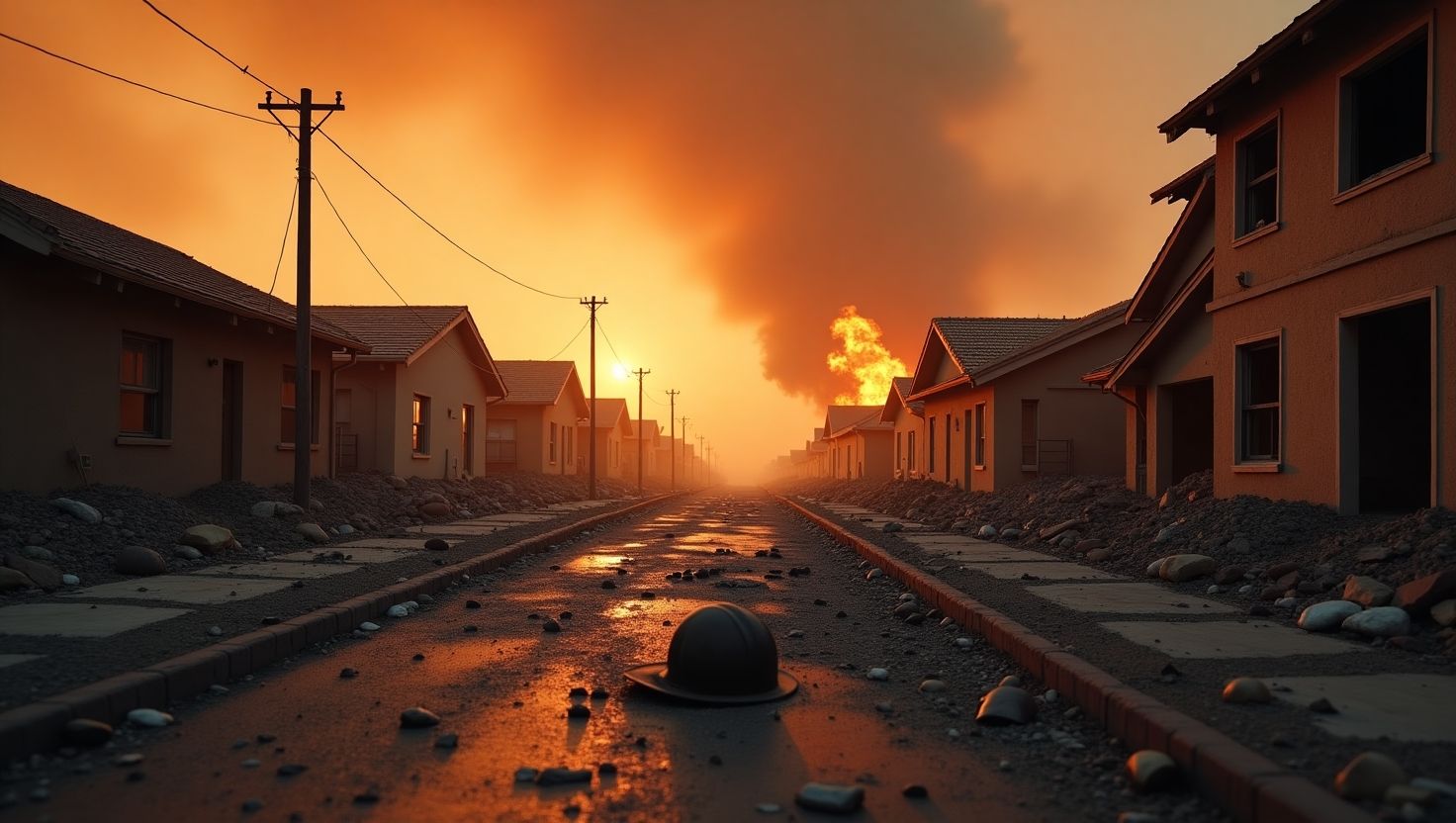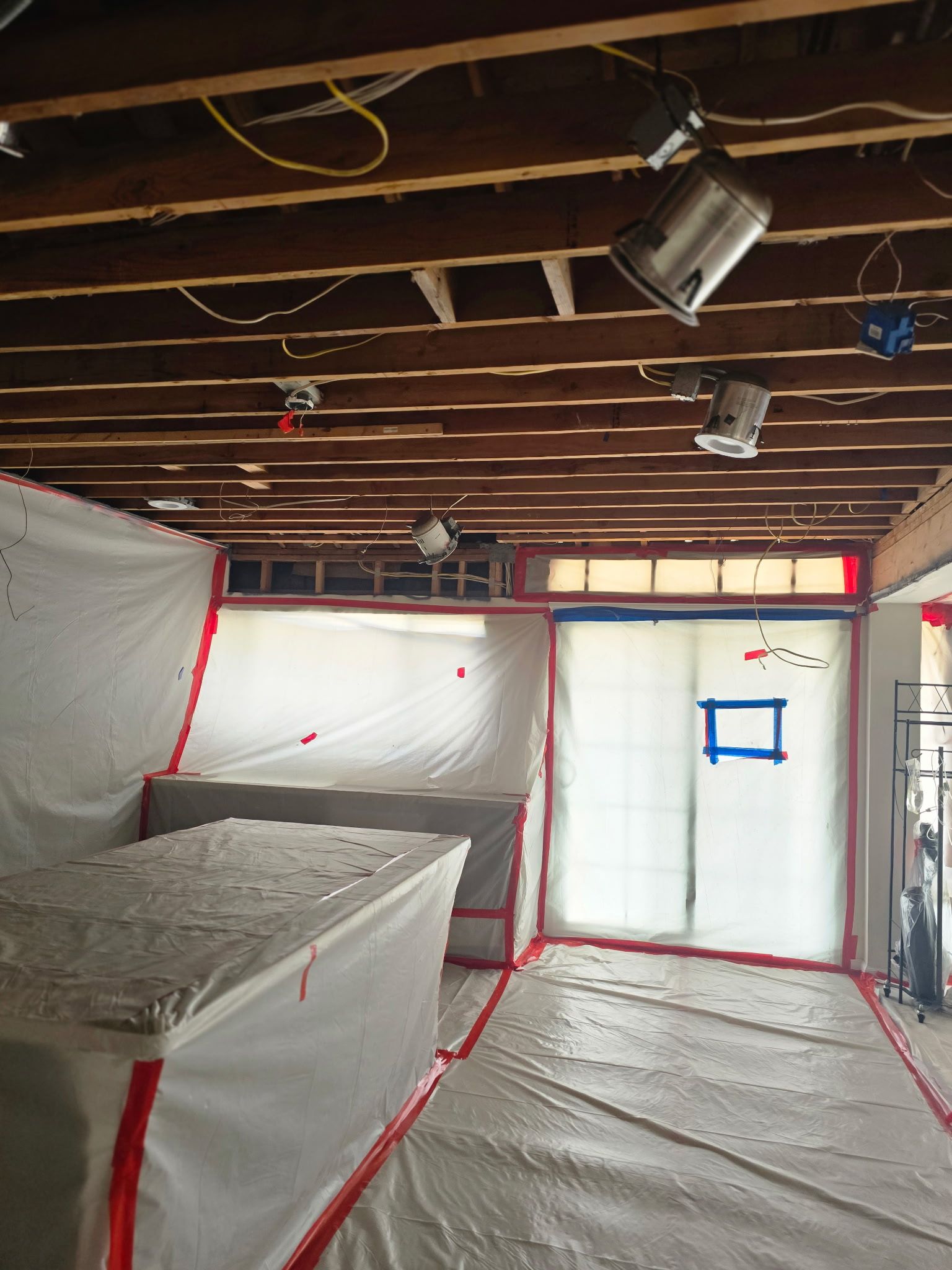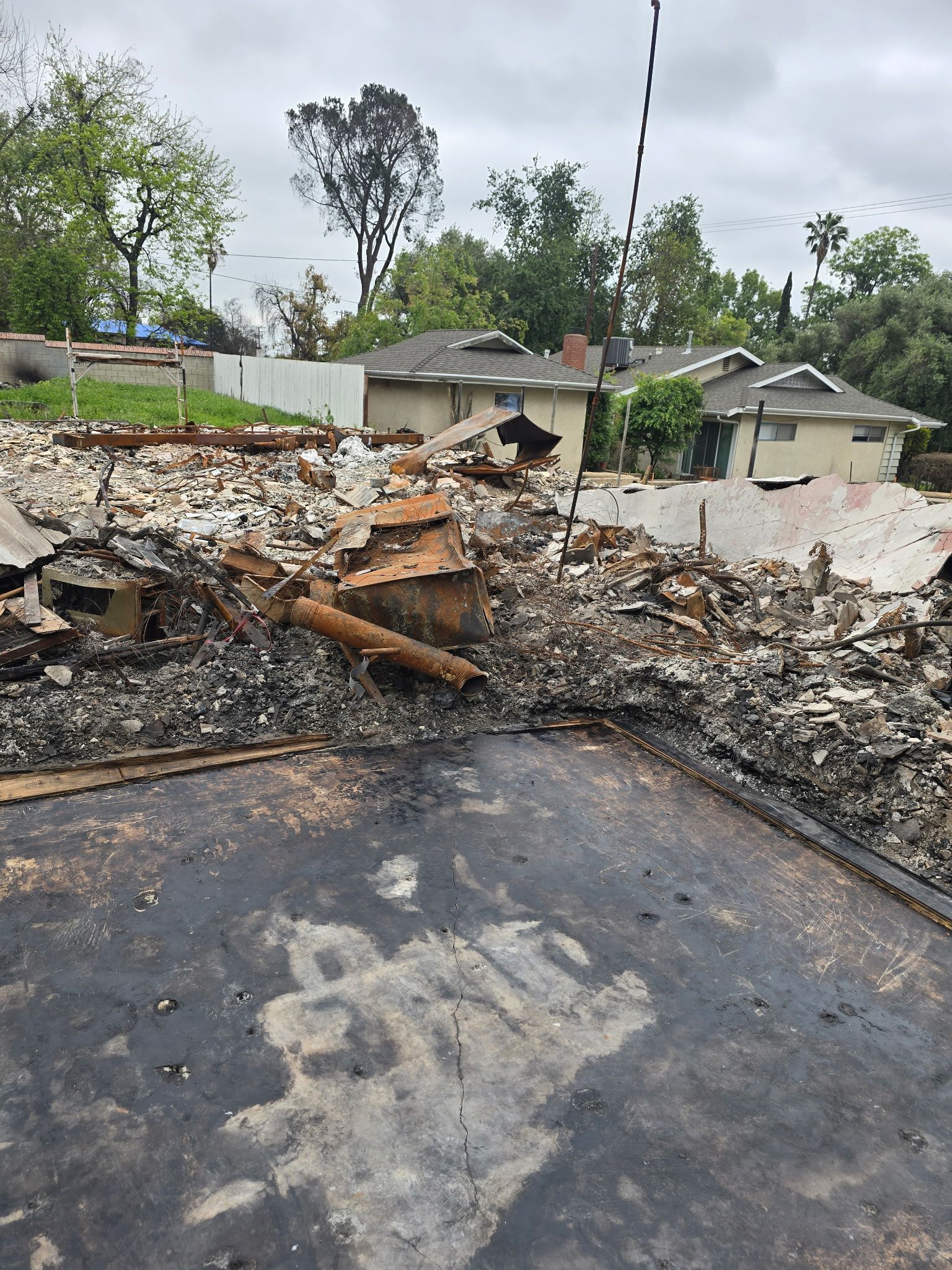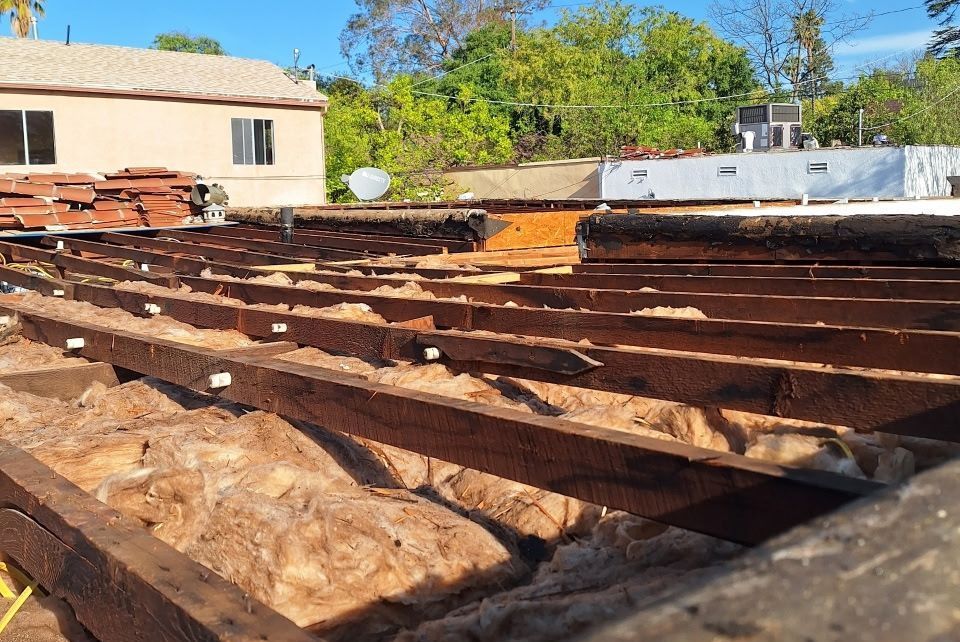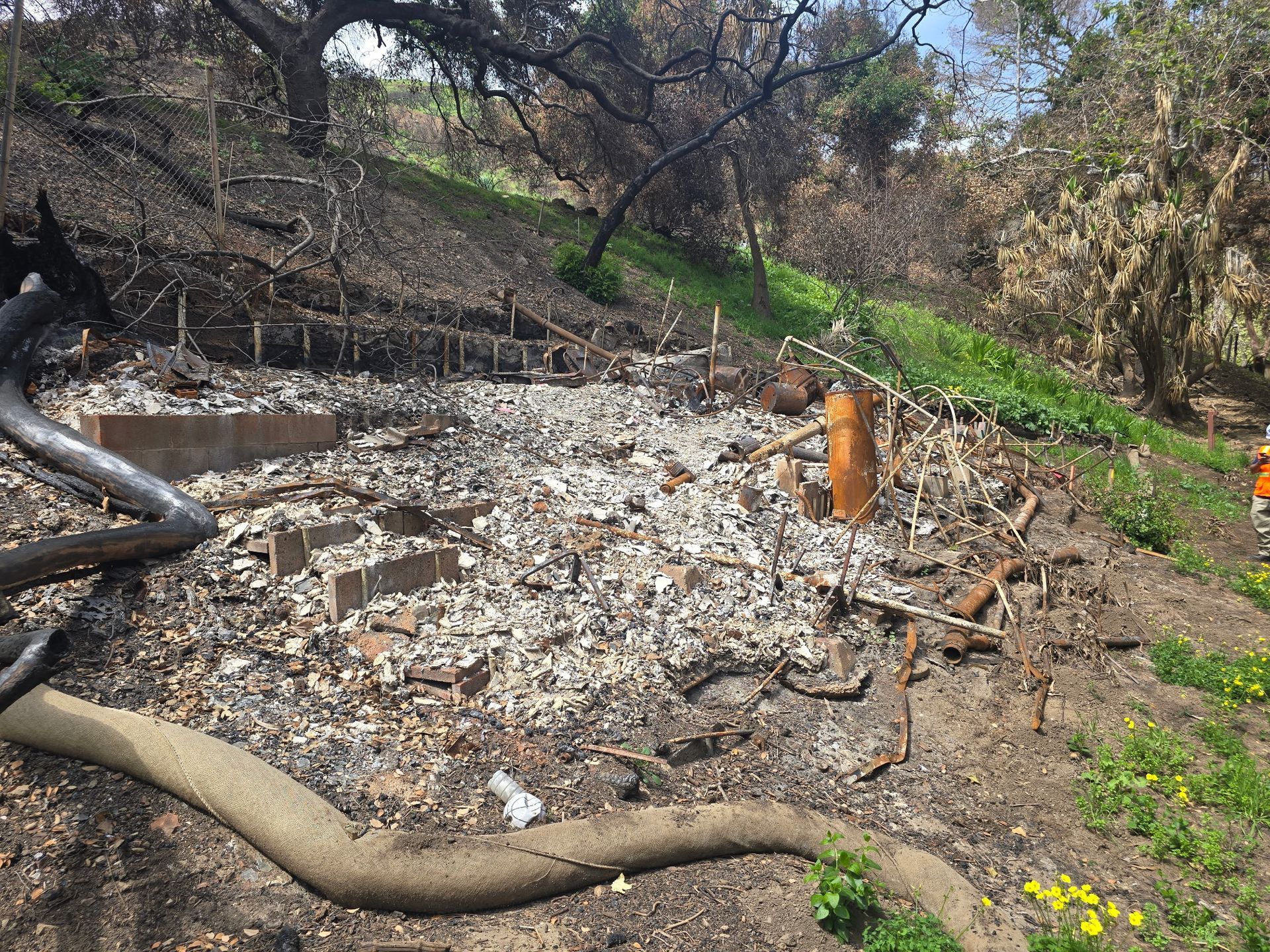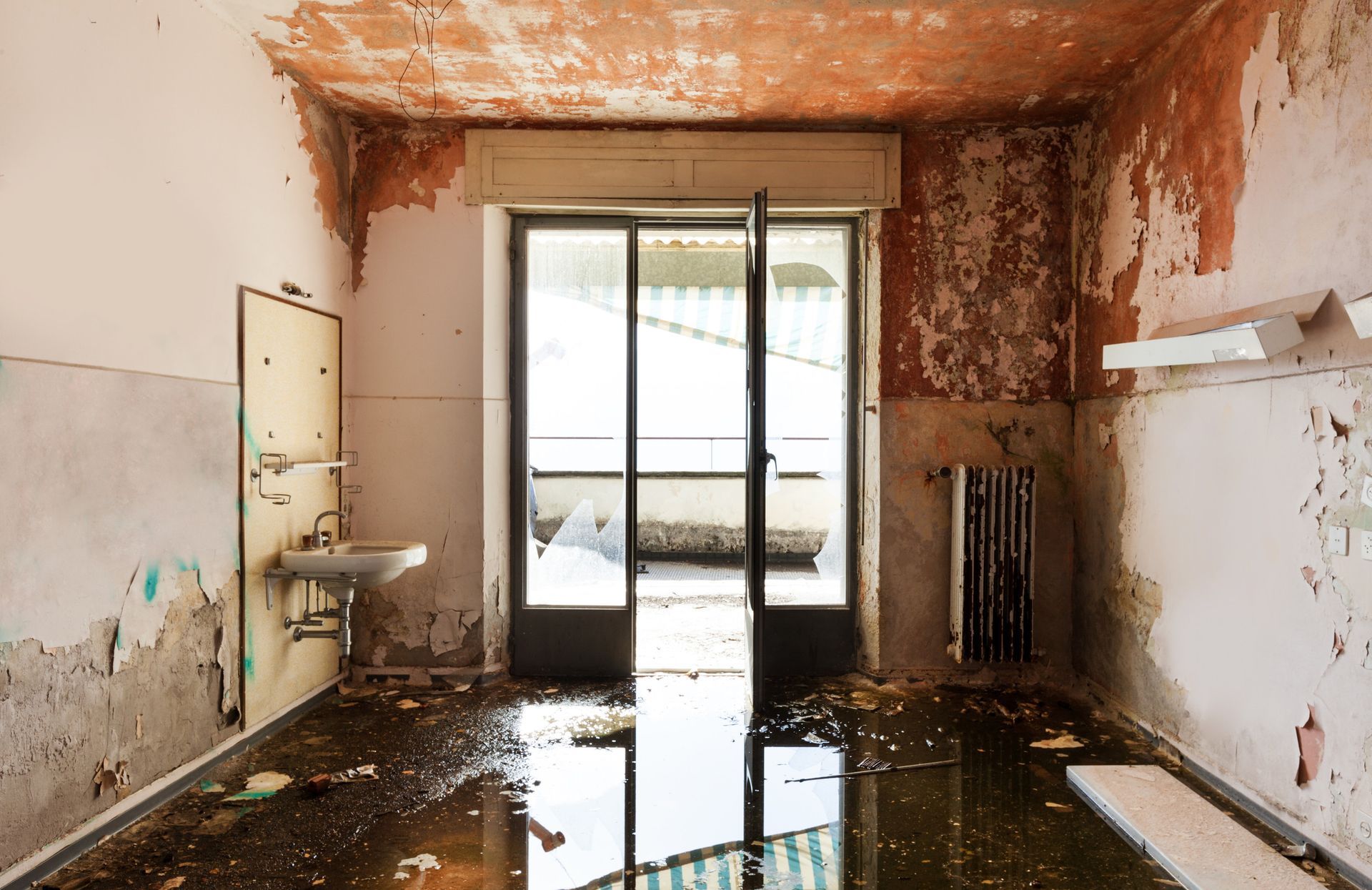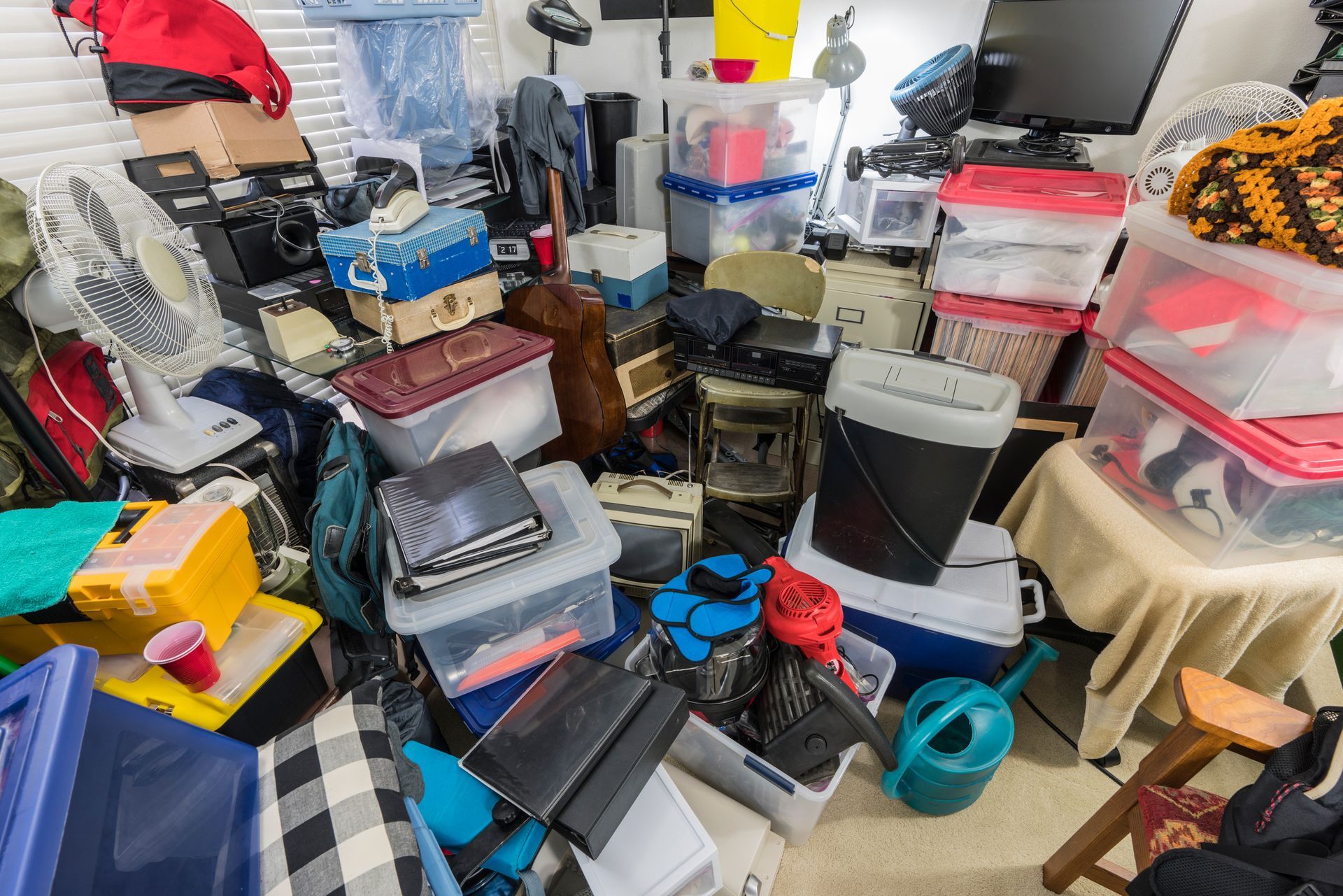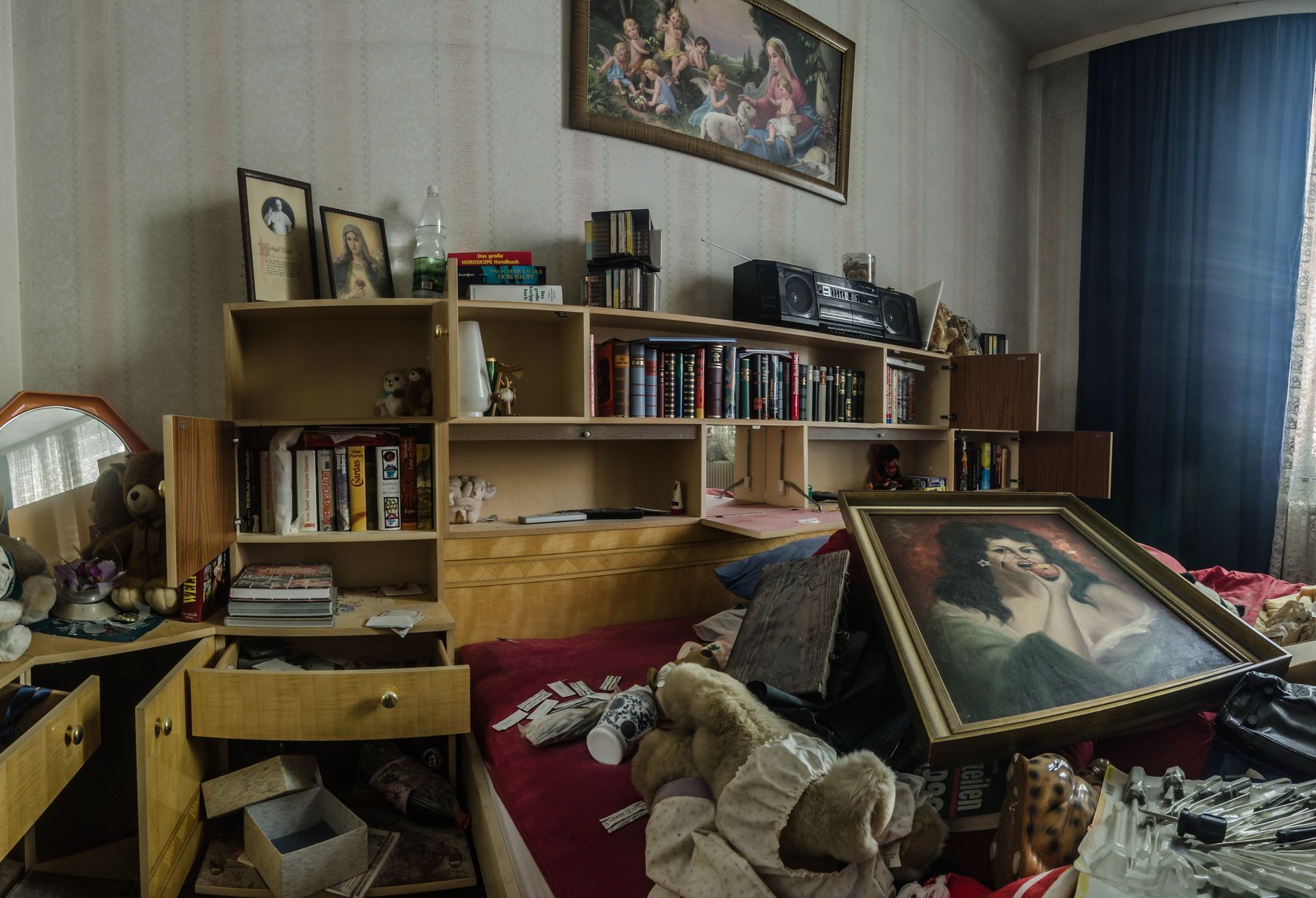Asbestos After the Flames: Why Older Buildings Pose Hidden Post-Fire Risks
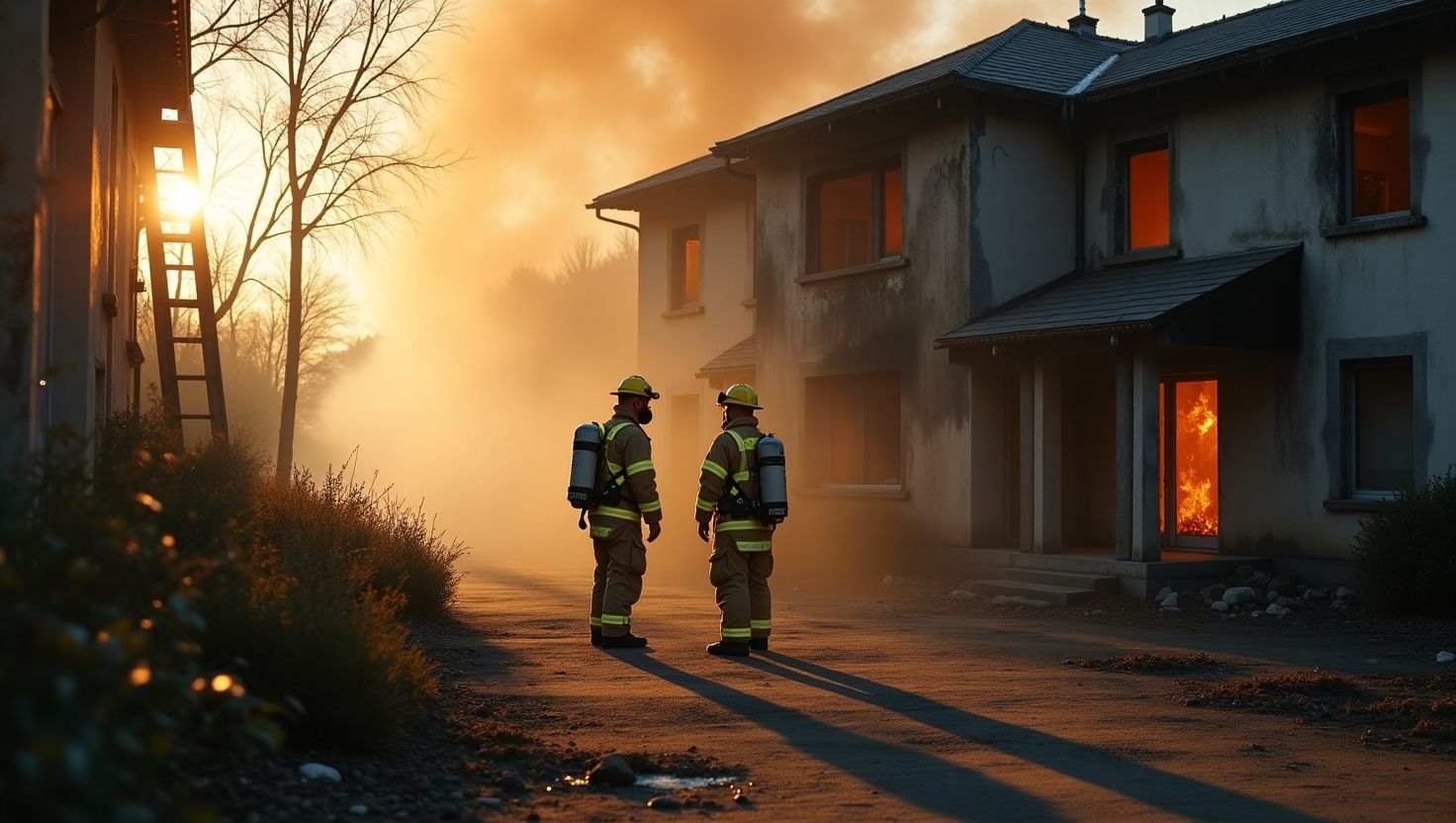
When a fire strikes, the visible destruction is only part of the danger. In older buildings, flames can unleash toxic substances that remain long after the smoke clears. Two of the most concerning are asbestos and lead—materials once widely used in construction for durability and fire resistance, but now recognized as severe health hazards.
With recent fire-related contamination reports surfacing in Altadena and the Palisades, the urgency of testing and safe remediation has never been greater. What appears to be harmless ash or debris may, in fact, be carrying microscopic toxins into the air, soil, and water surrounding affected properties.
This guide explains the risks associated with post-fire asbestos exposure and outlines the necessary steps to ensure your property is safe.
The Danger of Asbestos After a Fire
High heat from a fire can cause asbestos-containing materials (ACMs) to break down, become brittle, and release harmful fibers. When inhaled, these sharp, thin fibers can become lodged deep in the lungs and other organs, leading to serious diseases years later, including asbestosis, lung cancer, and mesothelioma.
Asbestos can be found in many common building materials used before the 1980s, including:
- Roofing shingles and siding
- Insulation in walls and attics
- Vinyl floor tiles and linoleum
- Textured "popcorn" ceilings
- Drywall and joint compound
- Pipe insulation
A fire can compromise any of these materials, turning a contained hazard into an active threat.
Identifying Asbestos Post-Fire
You cannot identify asbestos by sight alone. After a fire, materials that may contain asbestos can look like simple debris—charred, frayed, or broken. However, some visual cues might suggest the presence of ACMs, such as damaged pipe insulation, broken vinyl tiles, or crumbling ceiling textures.
Due to the serious health risks, it is crucial to assume that asbestos may be present in any older structure after a fire. The only way to know for certain is through professional testing. A certified inspector will take samples of suspicious materials and have them analyzed in a laboratory. This assessment is essential for developing a safe and effective cleanup plan.
Safe Removal and Remediation
Never attempt to remove asbestos yourself. Disturbing ACMs without proper training and equipment will only increase the spread of dangerous fibers throughout your property. Asbestos abatement must be performed by certified and licensed professionals.
The professional removal process includes:
- Containment: The work area is sealed off with heavy plastic sheeting to prevent fibers from contaminating other parts of the building.
- Removal: Workers use specialized tools and wet methods to minimize dust while removing all identified ACMs.
- Disposal: Asbestos waste is sealed in leak-proof bags and transported to a designated hazardous waste facility.
- Air Testing: After the cleanup is complete, air quality tests are conducted to confirm that the area is free of airborne asbestos fibers and safe to re-enter.
Protect Your Property and Yourself
If you suspect your fire-damaged property contains asbestos, your priority must be safety. Do not re-enter the damaged areas or disturb any debris until a professional assessment has been completed.
Environmental 911 specializes in disaster recovery, including the safe assessment and removal of hazardous materials like asbestos. Our certified team works quickly to identify risks, contain the problem, and restore your property to a safe, healthy condition.
Ensure Your Environment is Safe
A fire is devastating enough without the lingering threat of asbestos exposure. Taking immediate and correct action is the only way to protect yourself, your family, or your employees from long-term health risks. Professional assessment and remediation are not just recommended—they are essential for ensuring a safe environment.
If your property has suffered a fire, do not take chances with hidden hazards. Contact
Environmental 911 at (626) 316-6651 for expert assistance and peace of mind.
